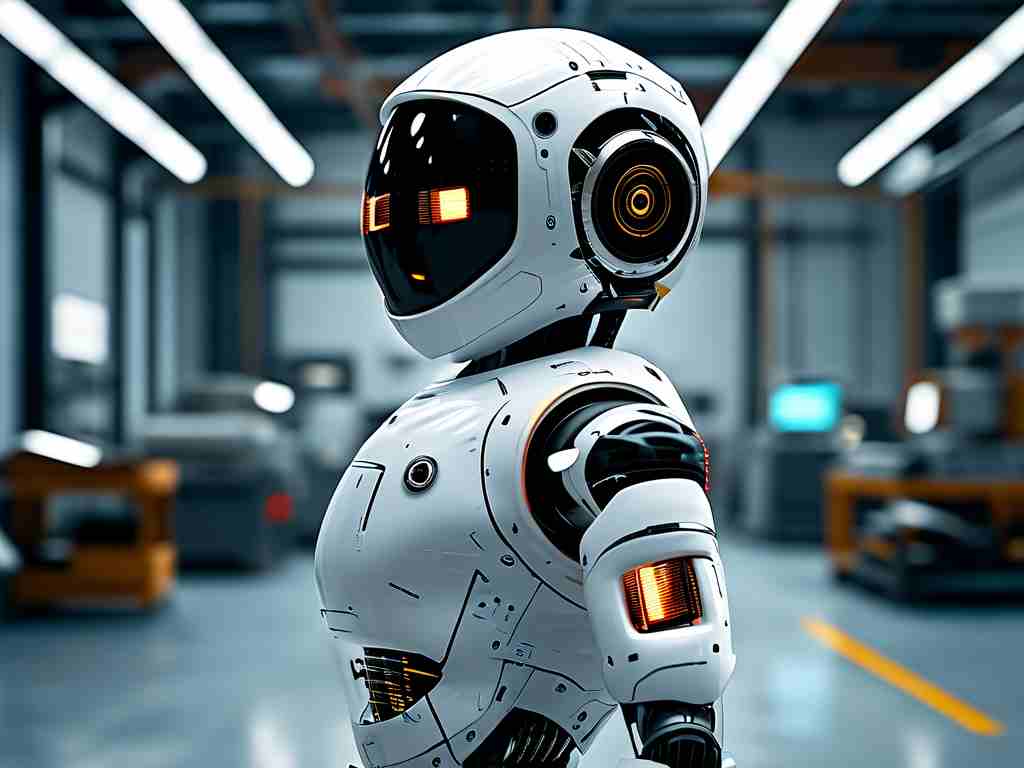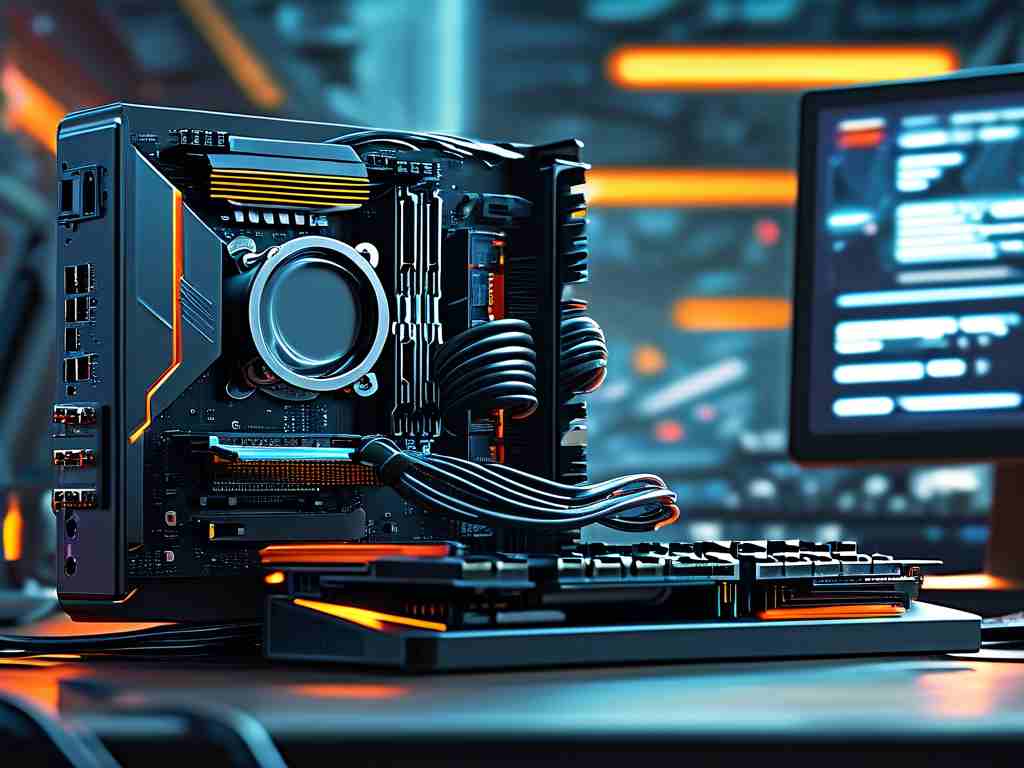The integration of sensing technologies has revolutionized robotics, enabling machines to perceive and interact with their environments in unprecedented ways. From industrial automation to healthcare systems, robotic sensors form the backbone of adaptive decision-making, transforming raw data into actionable insights. This article delves into the mechanisms, advancements, and real-world implementations of these critical technologies.

Foundations of Robotic Sensing
At its core, robotic sensing involves capturing physical stimuli—such as light, pressure, or temperature—and converting them into digital signals. Early systems relied on basic contact-based sensors, but modern solutions leverage non-contact methods like LiDAR and infrared imaging. For instance, tactile sensors embedded in robotic fingertips now mimic human skin sensitivity, detecting textures with micron-level precision. Vision systems, powered by CMOS or CCD arrays, process visual data at speeds exceeding 1,000 frames per second, allowing robots to track moving objects in dynamic settings.
Key Sensor Categories
- Tactile Sensors: These measure force distribution and surface characteristics. Innovations like piezoelectric polymer films enable robots to handle fragile objects, such as assembling microelectronics or sorting ripe fruits without bruising.
- Proximity Sensors: Ultrasonic and capacitive variants help robots avoid collisions in cluttered spaces. Autonomous warehouses deploy these to coordinate fleets of mobile robots within millimeter-level accuracy.
- Thermal Sensors: Infrared thermography assists in applications like circuit board inspection or monitoring machinery health by detecting heat anomalies invisible to the naked eye.
- Environmental Sensors: Gas detectors and humidity monitors equip robots for hazardous environments, such as nuclear facilities or chemical plants.
Emerging Hybrid Systems
Recent breakthroughs fuse multiple sensing modalities. Aerial drones, for example, combine GPS, inertial measurement units (IMUs), and 3D depth cameras to navigate uncharted terrains. Surgical robots now integrate force feedback with real-time MRI data, allowing surgeons to "feel" tissue resistance during minimally invasive procedures.
Industrial and Commercial Impact
In manufacturing, multispectral vision systems inspect products for defects at speeds unattainable by human workers. Automotive assembly lines use laser triangulation sensors to verify weld quality within 0.01mm tolerances. Meanwhile, agricultural robots employ hyperspectral imaging to assess crop health, optimizing pesticide use and boosting yields by up to 30%.
Challenges and Future Directions
Despite progress, sensor fusion remains computationally intensive. Engineers are exploring edge computing to process data locally, reducing latency. Another frontier involves self-calibrating sensors that adapt to wear and environmental drift—a feature critical for space exploration robots operating in extreme conditions. Researchers also aim to miniaturize quantum-based sensors for nanoscale measurements in biomedical applications.
Ethical considerations accompany these advancements. Privacy concerns arise as robots equipped with facial recognition or audio sensors become ubiquitous. Regulatory frameworks must evolve to address data security and ensure responsible deployment.
Robotic sensing technology continues to redefine automation boundaries, merging physics, materials science, and AI. As these systems grow more sophisticated, their ability to collaborate with humans—whether in disaster response or precision agriculture—will unlock transformative possibilities across industries. The next decade promises sensors with bio-inspired designs, blurring the line between artificial and organic perception.
Code snippet illustrating sensor data processing:
def process_lidar_data(point_cloud):
# Filter noise using statistical outlier removal
filtered_cloud = apply_voxel_filter(point_cloud, leaf_size=0.1)
# Cluster detection for object recognition
clusters = dbscan_clustering(filtered_cloud, eps=0.5, min_samples=10)
return generate_obstacle_map(clusters)



